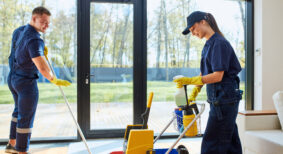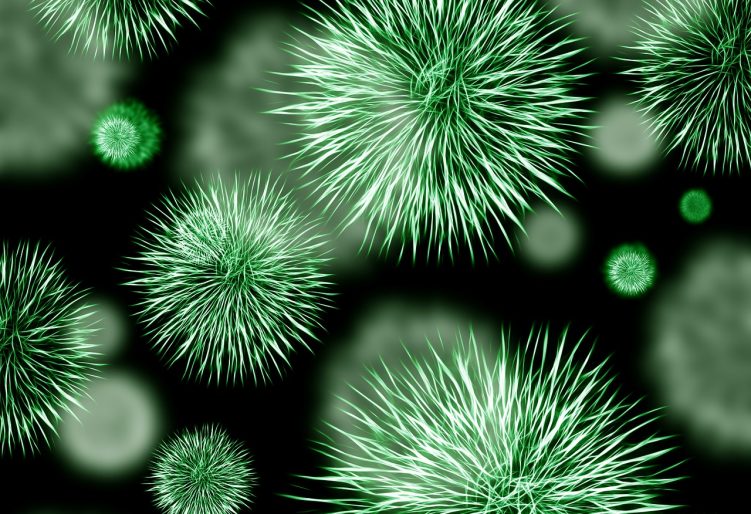In a post-COVID-19 world, hygienic cleaning is here to stay. ATP monitors certainly have their place in ensuring that standards are met.
Hygienic cleaning removes the maximum amount of potentially contaminated soils and bio-pollutants from a surface, but it also goes one step further.
“With hygienic cleaning, we not only remove pathogens, we prove it,” says Kaivac‘s Matt Morrison. “And the most scientific way to ‘prove it’ is by the proper use of ATP (adenosine triphosphate) rapid monitoring systems.”
Morrison emphasizes the word “proper” because he believes many cleaning professionals are not using these monitors correctly, most likely because they do not fully understand ATP monitors and technology.
To rectify this, Morrison suggests some key points we should know about ATP:
- ATP is found in all living cells, those that are harmless as well as those that can be health-risking.
- ATP monitors measure the concentration of ATP as relative light units The more light units, the greater the ATP, and the greater potential pathogens are on the surface.
- An ATP meter typically determines test results in about 15 seconds.
- “Do not perform just one test on one surface,” adds Morrison. “Test at least five areas on a surface, then divide the results by five. This will give you the ‘average’ ATP [reading] on that surface.”
- Be aware that chemical residue on a surface can impact the results of an ATP test.
- When conducting tests, sunlight can also distort results.
- Ambient temperature of 70-72 degrees Fahrenheit is optimal for best results.
- With some systems, an ATP reading of 0-10 is pass, meaning the surface is clean and safe; 11-30 is caution, the surface should be recleaned; 31 or above is fail, the surface is likely contaminated.
RELATED: The great cleaning jobs reassessment
As we move further through the pandemic and, ultimately, out the other side, we should eliminate the caution zone. “At least for now, cleaning professionals should not consider any surface clean and healthy unless it gets a pass score. This may even become the norm from now on,” concludes Morrison.








